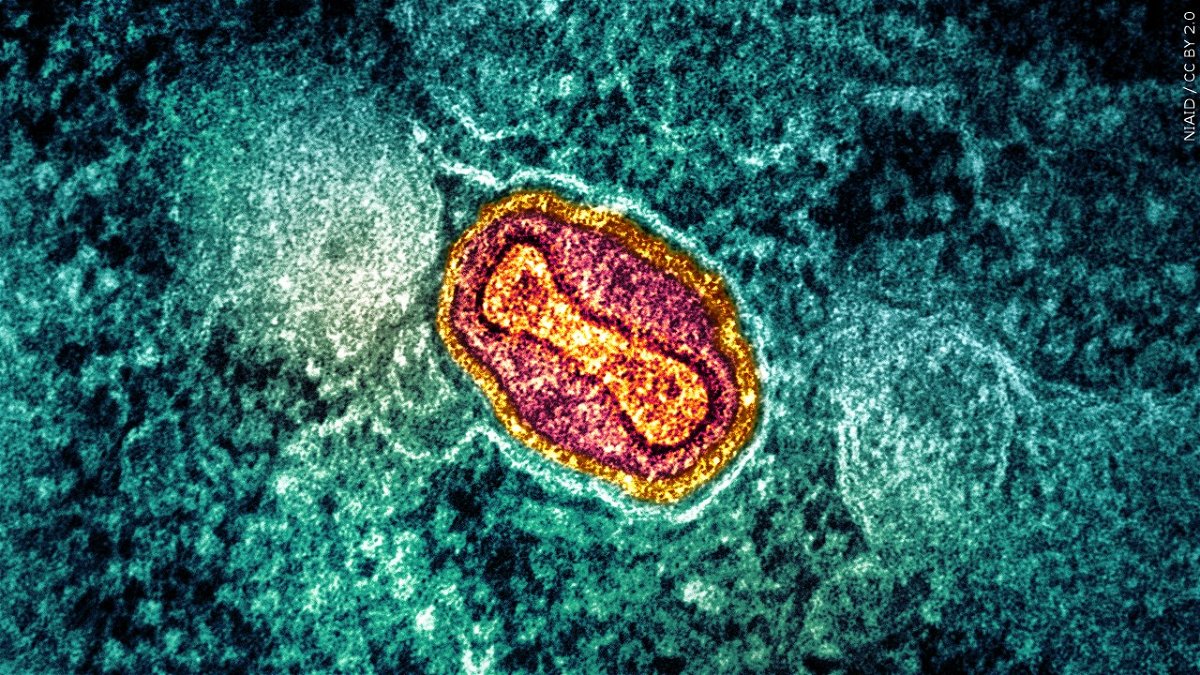Valley golf courses already conserving water
Golf courses in the Coachella Valley are certainly keeping an eye on the sky hoping for rain. But, if mother nature doesn’t come through, local clubs have a plan. The Southern California Golf Association is actively working with the Coachella Valley Water District to conserve water.
“Lets face it, it’s what makes this valley why we live here,” said golfer Vince Bastiana.
Great weather and great golf, two big drivers of the Valley’s economy
“Not only does it employ a ton of workers, but the hotels, people that come in from Canada, it’s a huge economic force in the Valley,” said Stuart Rowland, director of golf course operations for Rancho La Quinta.
It takes a lot of water to keep over 120 courses green, in fact, about 25% of the Coachella Valley’s water is used right here.
“We all know that we use water, we don’t want to use all of it up,” said Rowland.
That’s why courses like Rancho La Quinta employ a sophisticated computer system that uses as little water as possible.
“We put back onto the ground only what is used and evaporated that day,” said Rowland. “Like this past weekend, we were overcast, so we didn’t irrigate, and as you can see things didn’t turn brown and nothing really happened. So there was two to three days where we didn’t use any water at all.”
Conserving water at the golf courses in the Valley has been going on long since this current drought started.
“Water costs keep rising, electrical pump costs keep rising, so there is no gain for us to pump more water,” said Rowland.
Rancho La Quinta has been making some changes with its landscaping, from lush grass to drought-tolerant desertscape, and using drip instead of overhead sprinklers.
“We have increased the efficacy of those, instead of spraying the water overhead of all of the plants, we actually have individual dripping meters,” said Rowland.
Also this year, the Southern California Golf Association started meeting with the Coachella Valley Water District every month to actively work together on ways to conserve. They are already on track to reduce water use by more than 10% in the next six years.
“It’s just responsible use of our environment [with] what we have as our resources,” said Rowland.
Another way to conserve is by moving away from well and canal water and only using recycled water, but that is still a long way off.
Worst droughts in U.S. history


